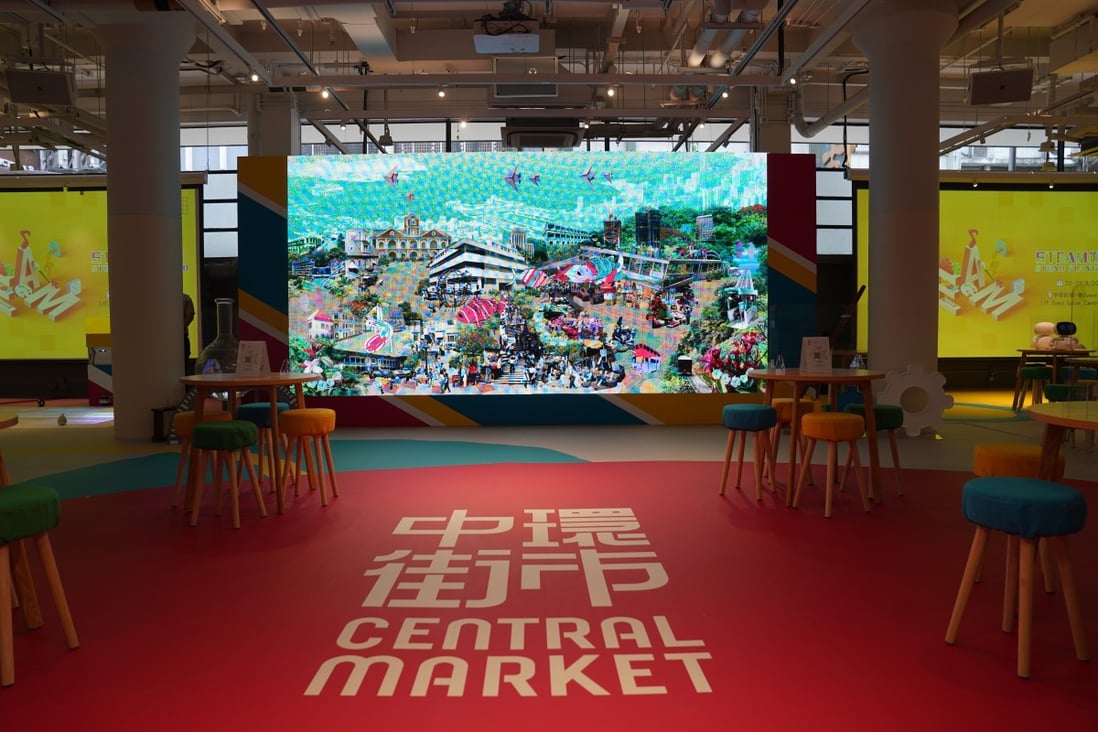
Hong Kong’s revitalised Central Market reopens on Monday after being closed for 18 years, and visitors can expect a wide variety of old and new brands and open spaces.
The HK$500 million (US$64.1 million) project managed by Chinachem Group and restored by the Urban Renewal Authority boasts more than 100 units and has attracted start-up brands, boutiques and speciality restaurants, 90 per cent of them local.
About 70 of them will open on Monday, and the rest will do so gradually.
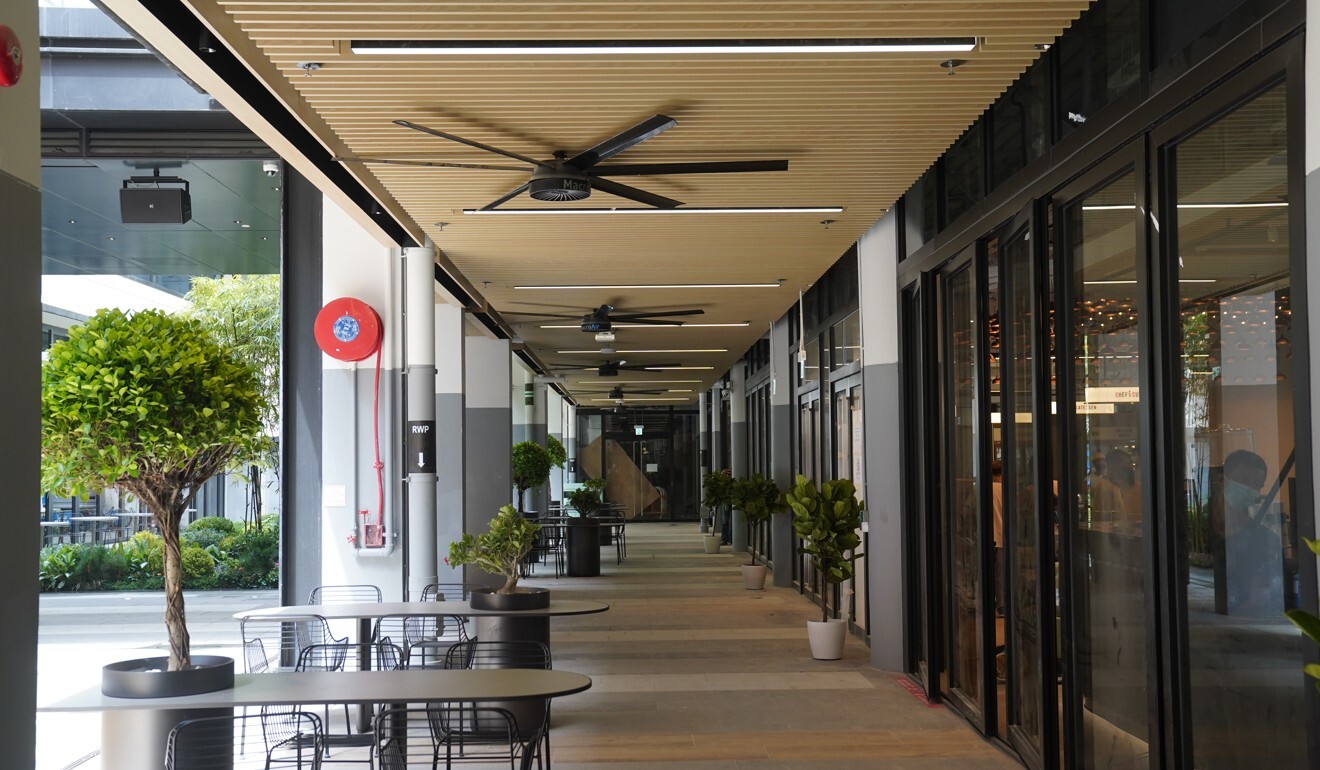
Local start-up Chart Coffee, where customers can buy speciality coffee and learn more about their personal preferences, is among those opening on Monday.
Customers can use its interactive brewing chart, which assesses more than 100 coffee bean profiles with the help of artificial intelligence technology, and select their preferred brewing tools or temperatures for their drink.
Once they have made their choice, the chart will show the level of sweetness and flavour and let them order their customised drink on the spot.
Hong Kong’s Peak Tram set for facelift, with classic carriages rolling into history
Co-founder Wilson Chung, said he believed Central Market was ideal for the company’s first physical store as the landmark aimed to support local enterprises and was in a convenient location with many people passing through.
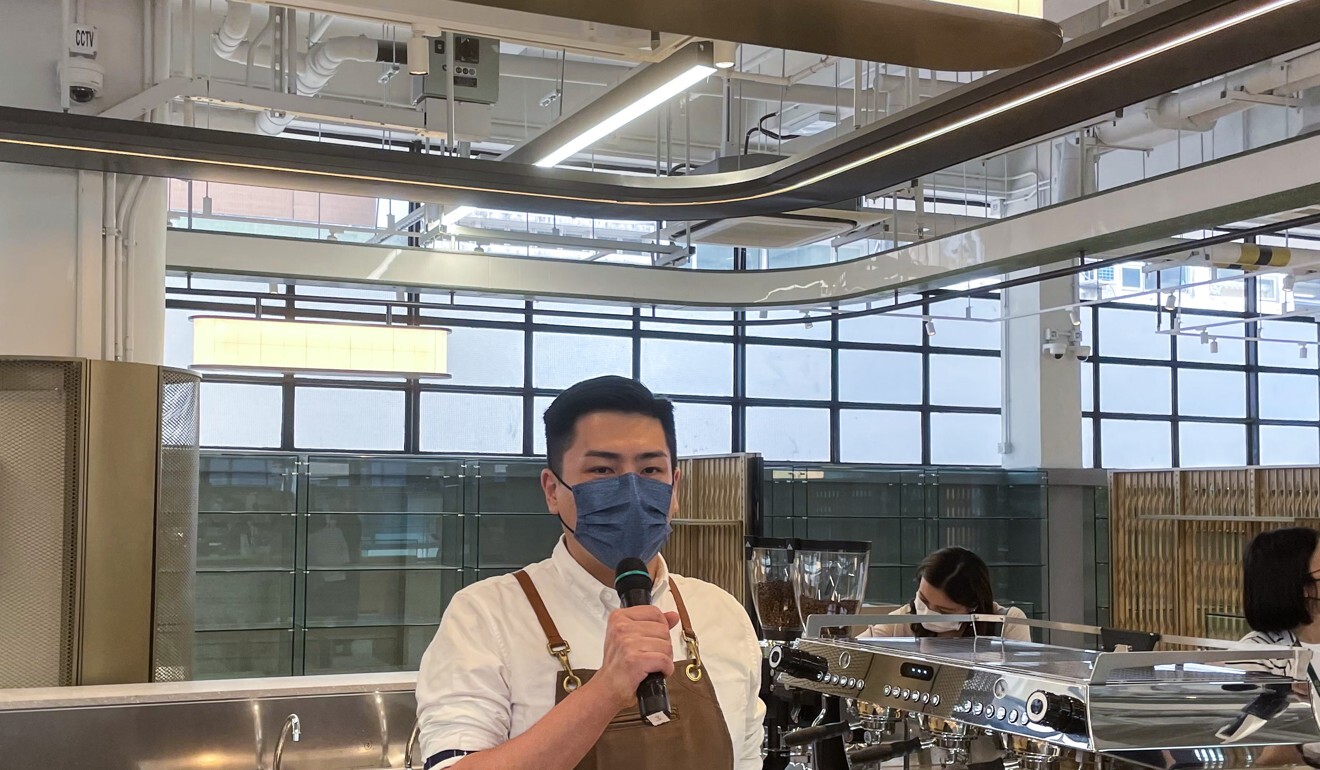
“Central Market is a suitable location for us and it aligns with our mission, so we are happy about it,” Chung said, adding that rents were reasonable, too.
Those looking for quality rice products can head to Golden Resources Development, a leading distributor of the staple and established in 1946.
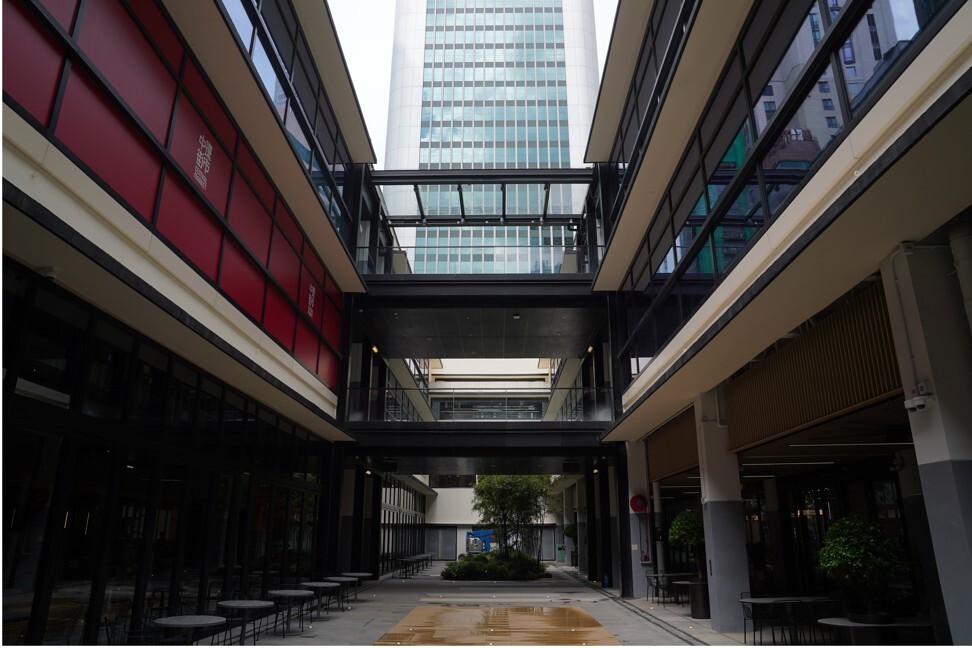
Handicrafts such as jewellery, postcards and crystals are also available at the market.
To operate in the market, brands were selected for concepts that accentuate Hong Kong culture, provide distinctive customer experiences and feature sustainable products.
Prospective tenants had to provide details of their company history, business concept and product list.
Rents are based on market rates, while start-up companies can choose a “plug-to-operate” unit with basic decoration and furniture provided.
Here are six Hong Kong buildings and sites missing out on preservation
Visitors and passers-by can use a 10,800 sq ft open space in the entrance plaza facing Queen’s Road Central and the building’s atrium, decorated with lush greenery and dozens of tables and chairs.
“Other than being an open space where people can rest and enjoy their meals, it is also where we can organise music shows and other events in future,” said Charmaine Miao Yu-ching, Chinachem Group’s project director of Central Market.
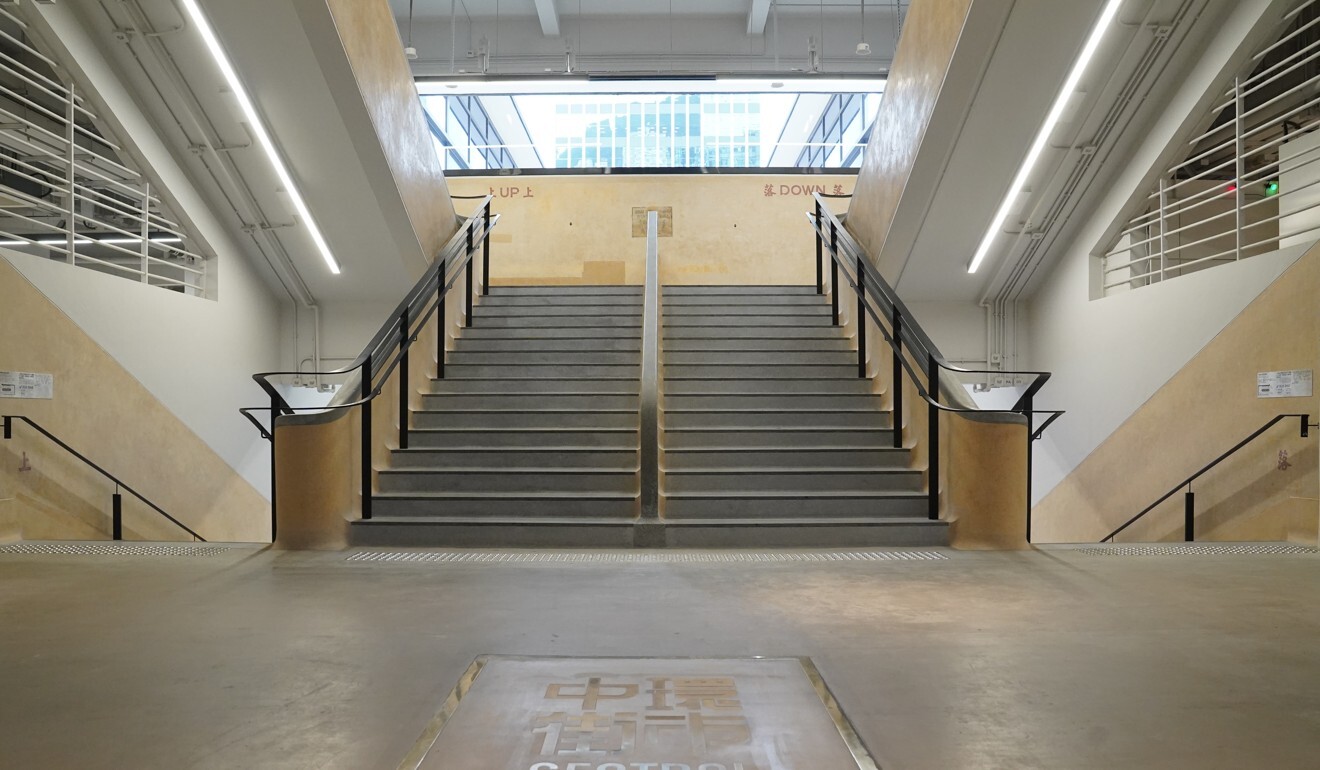
A 24-hour pedestrian walkway connecting to the Mid-Levels escalator and Central district will also have 14 shops selling street food and feature old photos of the market.
Thirteen stalls which once sold seafood, poultry, vegetables and fruit have also been preserved. Two will become interactive exhibition sites showcasing the building’s history, while the rest will have new tenants.
New design for historic Central Market approved after years of deliberations
Dubbed a “playground for all” in Central, the market has a total floor area of about 122,000 sq ft. It also includes more entrances on all four sides to connect it with surrounding skyscrapers and side streets with local shops that offer a glimpse of the past.
URA director of planning and design Wilfred Au Chun-ho noted that from public feedback, most residents were not in favour of making the market too commercialised, so it would be used in different ways.
“There are diversified events and uses ranging from cultural, art, education and leisure. So among these spaces I don’t think it’s over-commercialised or a gentrified element in Central,” he said.
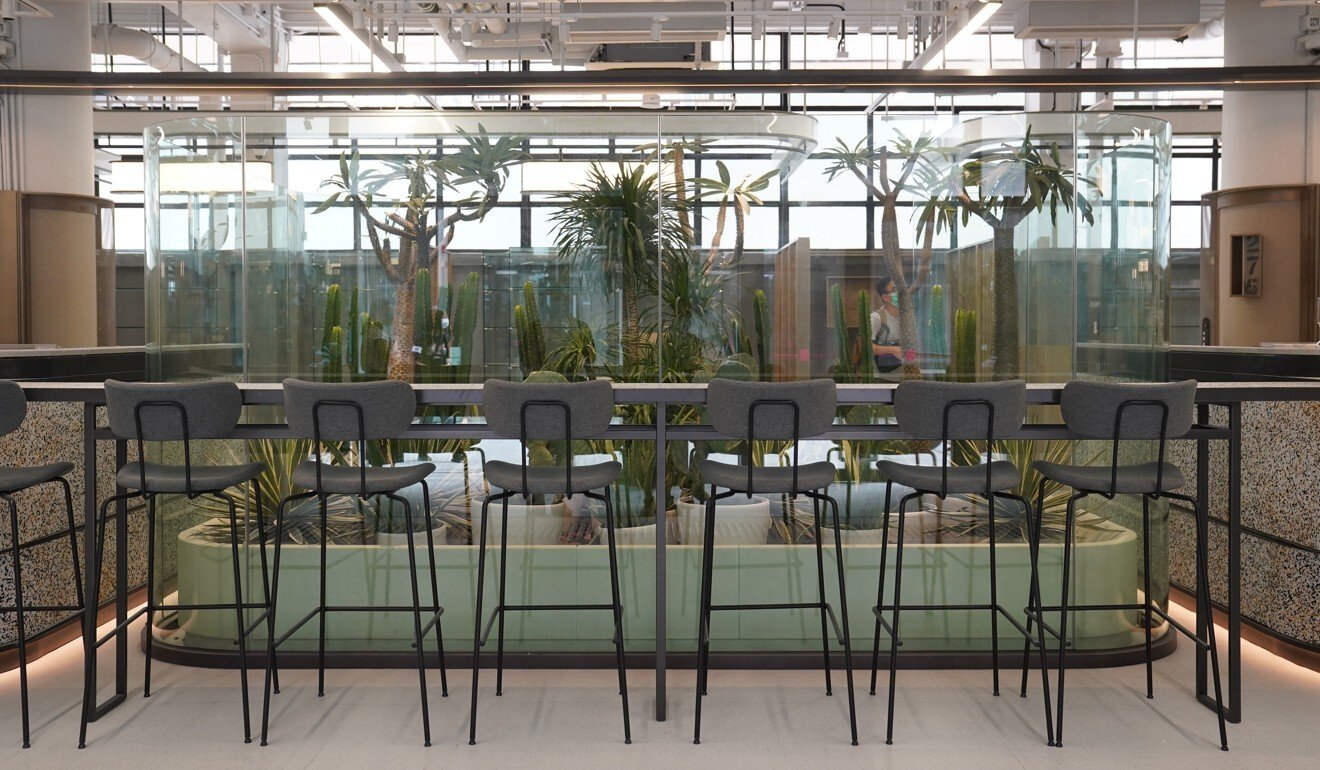
The market first opened in 1842 as a bazaar for locals near Queen’s Road Central. After several moves, the colonial government rebuilt the market in 1895 at its current site, adopting a Victorian-style marble structure decorated with arches and featuring a tower at the centre.
It was rebuilt again in 1939 using the plainer, more contemporary Bauhaus style based on the architectural tenet that “form follows function”.
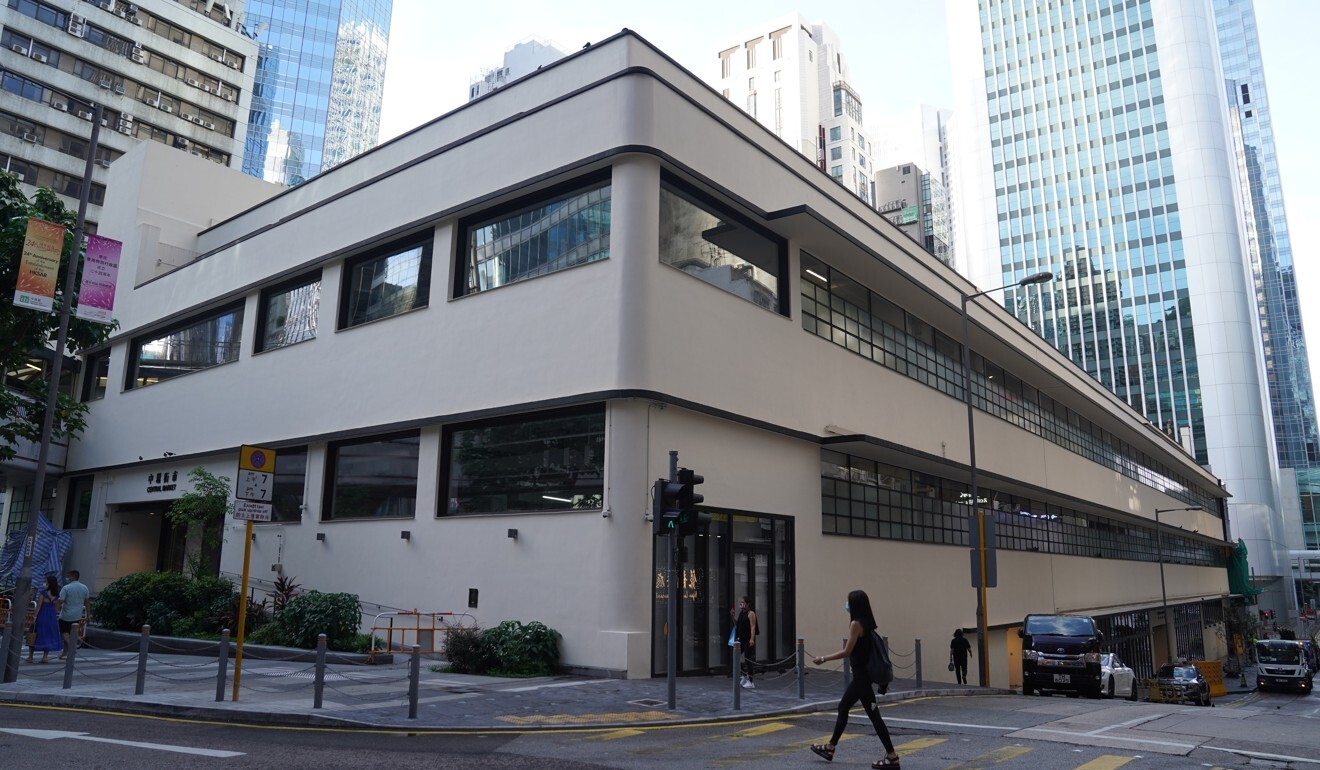
It was regarded as one of the most advanced fresh food markets at the time, serving shoppers from all social classes.
The government originally intended to sell the site for commercial development but, following a public outcry, decided in 2009 to preserve it.







